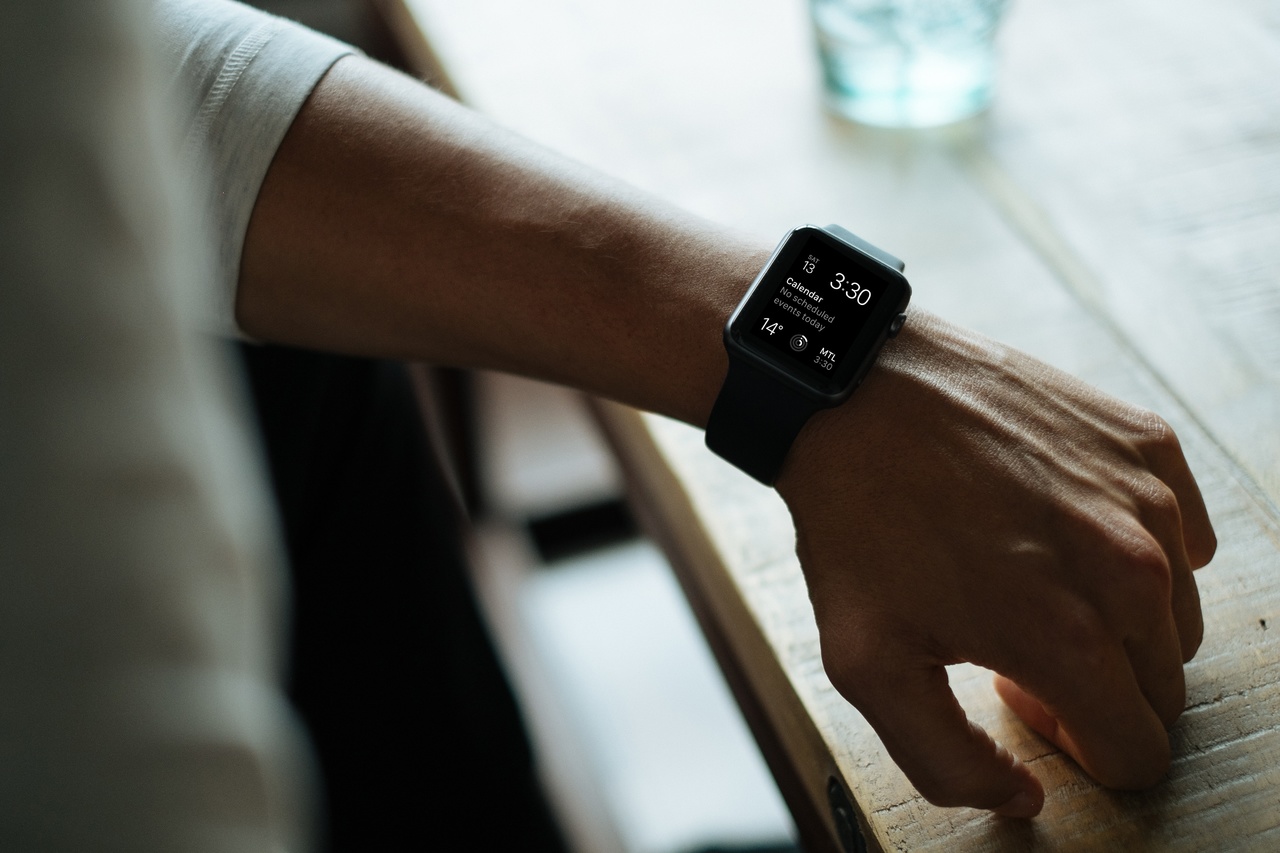Home-based care applications often rely on medical standard sensors. By using cheaper consumer-grade sensors, home-based care could become more accessible.
Foto ter illustratie. (Foto: Pxhere)
Medical electronics specialist Professor Wouter Serdijn points to the lack of innovation in the field of medical sensors which, in his eyes, look “a bit primitive” and are sold for “artificially high prices”. It seems there is room for disruptive innovation in medical sensors for the home-based healthcare market.
In last week’s virtual Medical Delta meeting, lung specialist Ries van den Biggelaar (Erasmus MC) shared his experiences in deploying respiratory equipment for patients at home. He mentioned ALS patients and patients with thorax deformities as examples. When they reach the stage that they cannot breathe adequately, they typically land in intensive care. In about a week’s time their respiratory equipment is sufficiently balanced that they can return home under the surveillance of online monitoring.
This monitoring relies on a sensor clipped onto the earlobe that measures the oxygen and carbon dioxide levels in the blood, as well as the heart rate. But the sensor drops off easily, it becomes uncomfortably warm, and it needs to be applied with a gel. In short, it’s designed for use in hospital and to be handled by medical professionals, and not for a home situation. Although home ventilators are an option for a growing number of patients, Van den Biggelaar explained, the current state of the sensors do not allow for a wider roll-out.
Professor Wouter Serdijn (Bioelectronics at the TU Delft Faculty of EEMCS) remarked that medical equipment manufacturers should follow the lead of consumer electronics and smart watches, which also measure heart rate and oxygen saturation. At a fraction of the cost.
Professor Douwe Atsma (Cardiology at Leiden University Medical Centre), supported Serdijn’s call. One of the reasons that medical technology is so expensive and not user-friendly, he said, is that the equipment has to comply with the high standards of reliability of consistency. Atsma says there is no need for such high standards in home care. He showed a disposable clip-on oxygen sensor to illustrate his point. “The quality of these sensors may be lower than those in hospitals, but the important thing is to see the trend in the data. And in case of doubt, we can always call the patients and ask them how they feel.” Serdijn remarked that consumer electronics are generally quite reliable. “Your car is chock-a-block full of it.”
Do you have a question or comment about this article?
j.w.wassink@tudelft.nl


Comments are closed.